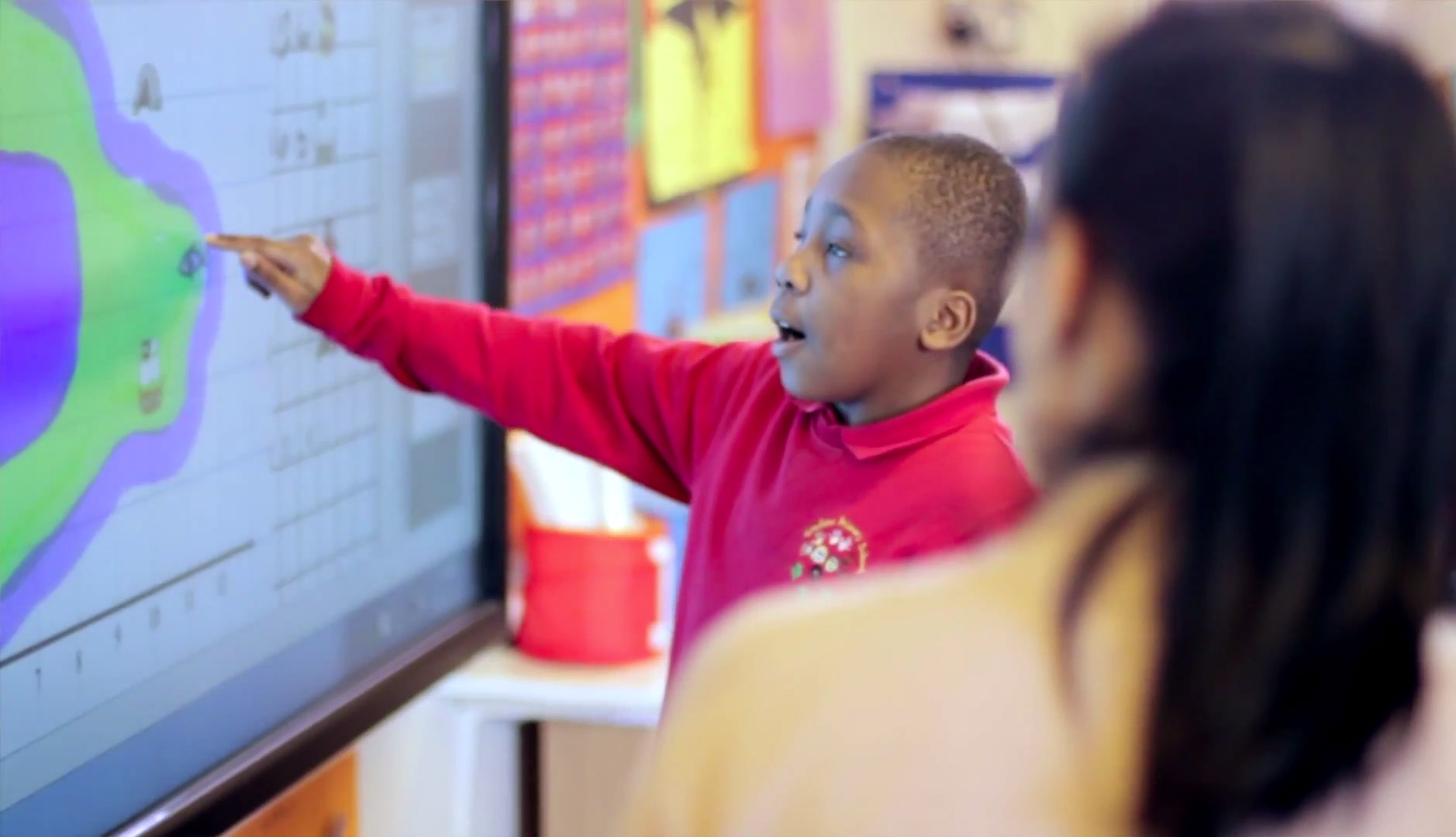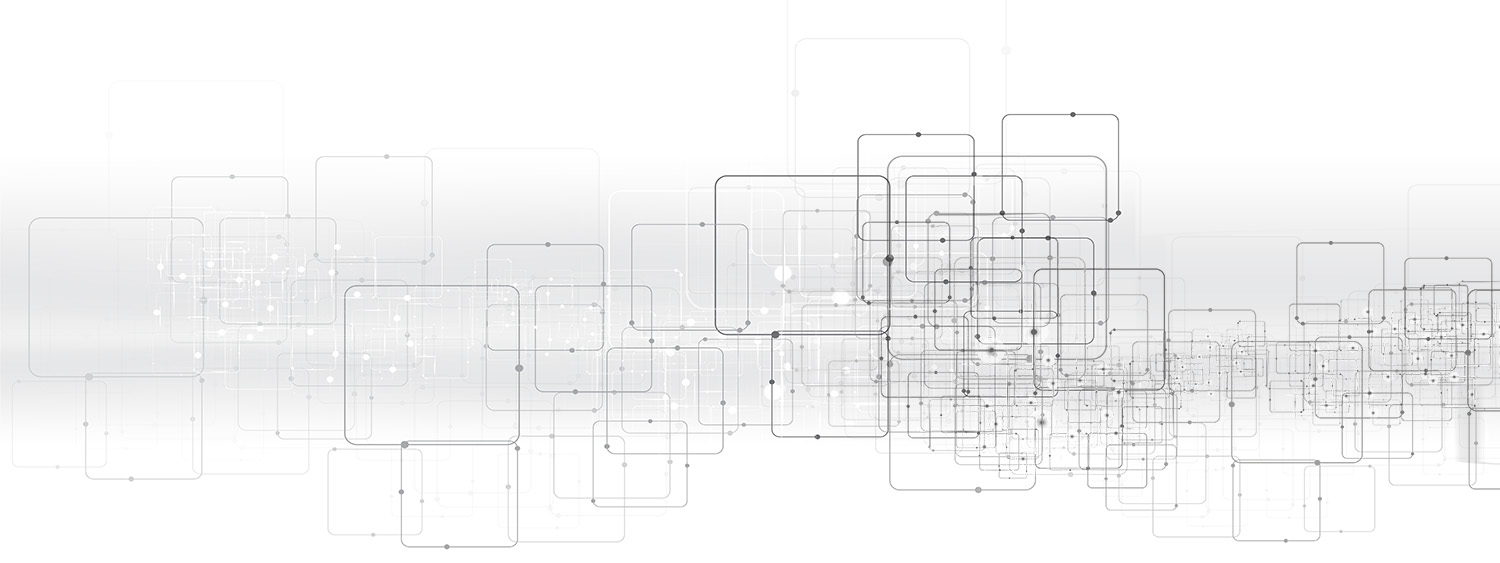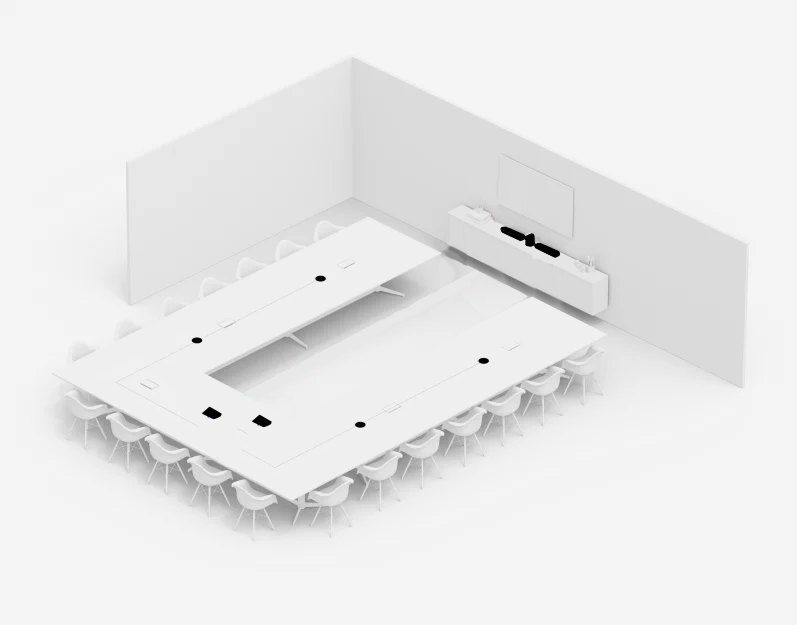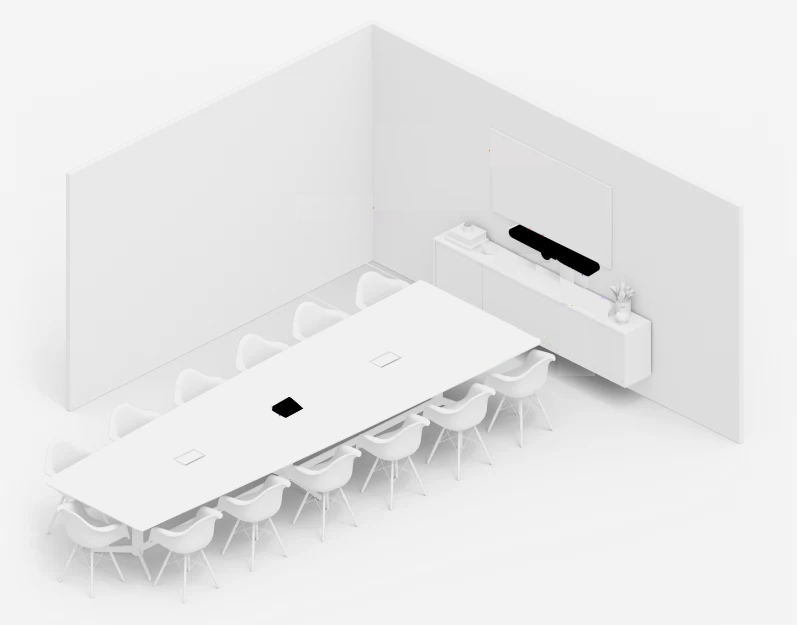Classroom of the future
2 March 2020Predicting the future is no easy task, but when we look at the transformation of classrooms from 2010 to now, the classroom of 2020 is very different. Almost every classroom now has an interactive whiteboard. Tablets are a mainstay of learning for pupils. Homework is held in an online portal that teachers, students and parents can log in to. The latest generation of students have embraced technology, having grown up with it from the start and incorporated it into their entire education experience. While some lesson content may be essentially the same, how pupils learn has developed dramatically. As part of preparing students for their future careers and lives in the 21st Century, learning technological expertise, digital skills, collaboration and communication are now all-important.
Clevertouch from Vangis is confident that by 2030 things will be even more advanced in the terms of classroom interaction. The brand would have turned 21 years of age by then, so what will it inevitably look like?
The future?
With so many devices and platforms being developed it will enable the opportunity to be connected anywhere. This will could see education transitioning from within the four walls of the typical school classroom to pupils engaging remotely, even hundreds of miles away! Clevertouch already allows teachers to share work on cloud accounts to pupils so they can access it wherever and whenever. Education will soon become an immersive and enjoyable experience thanks to the freedom that technology allows.
Augmented Reality and Virtual Reality
There was a time – and to an extent, this is still relevant – where pupils would refer to old fashioned textbooks when reading up about historical events or destinations far, far away. In a decade from now, it will be more commonplace to have virtual and augmented reality in education. Pupils will be able to really experience the topics they are learning about by being given the chance to time travel to a historical event, or a far-flung exotic place on the other side of the planet just by wearing a headset.
Gamification
Gaming or Gamification encourages learning through the principles of rewards and game mechanics. It helps to improve learning basics: retention, understanding, solving problems; through to fundamental social skills such as interaction and collaborating.
This method could soon replace the traditional way of teaching and it will be more natural to use games and videos to educate pupils as part of the advanced environment. We already provide ample features and apps that teachers use on a daily basis to enhance the pupil’s learning experience through Cleverstore. There is a vast scope of development in this area which will allow education to be delivered far more efficiently and effectively.
The Personal Touch
A pupil’s educational journey will be something that is bespoke in the future. Using Artificial Intelligence or AI, teachers can create individual teaching plans that really hone a pupil’s strength and also identify less adept areas and how they can be turned around. Pupils will be more reactive to learning in a more direct method as opposed to your typical passive, traditional learning experience. This new approach of individualised learning can help teachers to keep track of learning and development of pupils. Data will help give teachers the information they need to shape and form a pupil’s development by tracking achievements, areas of improvement and help forge paths where they can develop the pupil’s skills and abilities.
Breaking down barriers
Shouldn’t education be a continual process, through every decade of your life? In the future, everyone will have access to a great level of education; no person, regardless of barrier should be exempt from obtaining this. The necessity to be sat in a classroom will be a thing of the past. Children who have disabilities, particularly physical ones, will have the opportunity to learn from home. Using well-placed technology, we can help alleviate the administrative tasks that can impede teachers from doing what they are meant to do: teach. This time-saving measure can give teachers the time to help students who may need that little extra attention – with reading, literacy or just spending more time with pupils on the whole. No one, regardless of background, is discriminated by Clevertouch and this is something that we pride ourselves on.
Collaborating
Collaborative tools like interactive panels and tablets are having a stronger presence in schools. They are available at more affordable prices, so the typical classroom can provide each pupil with a device. By 2030, half the world’s youth will be living in countries where it will be the norm to use a mobile to access learning.
New formats
‘Lots of the tech that’s starting to be interesting now will evolve,’ says Shaun Marklew, Group Sales and Product Director for Clevertouch. ‘Now screens fold out but in the future it will be possible to rotate screens into different formats. Then glass and touch technology will develop, and glass will become the large format touchscreen. The glass wall will become the screen. The classroom environment will completely change.’
In ten years from now, the typical classroom will evolve from what is now to something far more advanced. Schools, colleges and other educational establishments, along with technology companies, will have to keep up the pace to suit the needs of pupils of that day and age. After all, they will need to be suitably prepared for an ever-changing, fast-paced future.










